The Independent's journalism is supported by our readers. When you purchase through links on our site, we may earn commission.
Inspired by Keely Hodgkinson and Josh Kerr? Here’s how to start running if you’re a beginner
Inspired by the Olympic champs and raring to go? We’ve got all the tips plus a range of must-have kit to try
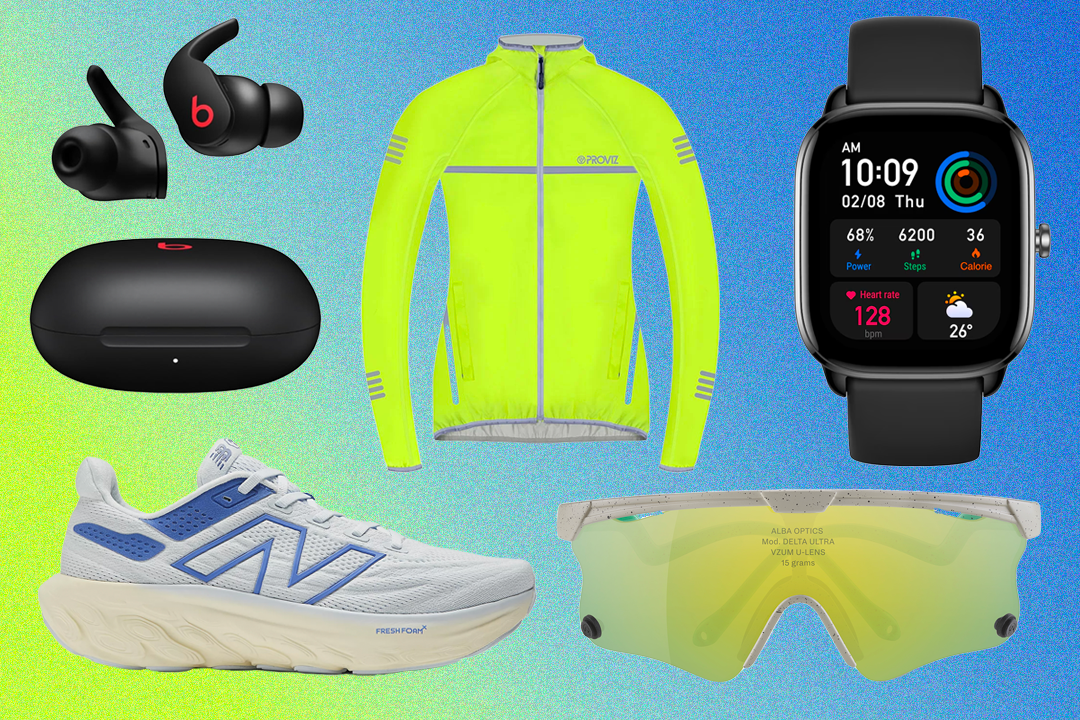
Your support helps us to tell the story
From reproductive rights to climate change to Big Tech, The Independent is on the ground when the story is developing. Whether it's investigating the financials of Elon Musk's pro-Trump PAC or producing our latest documentary, 'The A Word', which shines a light on the American women fighting for reproductive rights, we know how important it is to parse out the facts from the messaging.
At such a critical moment in US history, we need reporters on the ground. Your donation allows us to keep sending journalists to speak to both sides of the story.
The Independent is trusted by Americans across the entire political spectrum. And unlike many other quality news outlets, we choose not to lock Americans out of our reporting and analysis with paywalls. We believe quality journalism should be available to everyone, paid for by those who can afford it.
Your support makes all the difference.Running is an excellent form of exercise for many reasons. It burns more calories than any other mainstream workout (including cycling and swimming), can reduce your risk of long-term illnesses such as heart disease, type two diabetes and stroke, and even has the ability to boost your mood. So, consider us sold.
Plus, unlike most other exercises, it’s completely free. You can do it anywhere, and it requires very little equipment – all you actually need to get started is a pair of sturdy shoes and the motivation to hit the pavement.
But, as simple as running may be, it isn’t always easy, especially if you’re a newbie. You won’t be hitting the track like an Olympian after your first attempt, but even the likes of Keely Hodgkinson started out as a beginner. It helps to learn a few basics about the sport before you start – such as the different gear options and which apps you can use to help you on your way. This will undoubtedly make your training more effective and could increase the enjoyment you get out of it too.
If you’re completely new to the exercise, visit our IndyBest running section for all our reviews of the tried-and-tested kit you might need, from the best trainers, watches and running belts to leggings, sunglasses, armbands and sports bras. You might also want to consider what kind of running you might prefer – do you see yourself as more of a trail or track runner? A sprinter or a cross-country enthusiast? The type of running you want to do will determine the best kind of kit for the task at hand.
Before you lace up your trainers, read on for our expert guide, which is full of useful tips for beginners, including how to stay driven and the best ways to track your progress – then you’ll be ready to pound the pavements. Good luck!
How to start running 5k
Setting a target is one way to add structure to a run and give you something to aim for. We recommend downloading a running app such as MapMyRun, to help track the distance, pace and time you achieve, so you can easily see just how much you’re improving as the weeks go by.
Running 5km is a common goal for new runners, not only because of the viral Couch to 5k challenge but because a 5km run is long enough to require stamina and a certain level of fitness. It’s easily achievable if you stick to it, but you can start with any distance that feels suitable for you.
Once you work up to 5k, you can then set new goals, such as running a 10k, a half marathon and maybe even a marathon. Or just work on improving your time on the 5k – we won’t get ahead of ourselves.
Read more: Best massage guns for pummeling sore muscles
“If you're looking to build up to your first 5km, the most important thing is to build gradually,” says Kieran Alger, founder of Man V Miles. “If you aim to run too far, or try to run too fast it can increase your risk of injury but also just make it all feel horrible,” he adds.
Rather than attempting it all in one run, he suggests building up distance slowly, with a mix of running and walking. “Run for a bit, walk when you feel the need and then run again when you feel recovered.
"It's also good to find somewhere to do laps close to home, so you're always within walking distance, should you need to stop,” Alger recommends.
By running in intervals, you can get your body used to moving more quickly and give it time to rest and recover before you try again. Interval training can also be a little easier on your joints, and on your feet if you’re not used to running in trainers. It’s all about going at your own pace so that you can gradually increase the time you spend running and lessen the time you spend walking.
Even olympic runners don’t overdo it when they’re training. Hodgkinson herself said after her dazzling display on the track in Paris that her training runs can last anywhere from 15 to 30 minutes, depending on her schedule. So it’s important to listen to your body and do what feels comfortable, while still trying to challenge yourself.
Benefits of running
It’s no secret that aerobic exercises such as running can have a positive effect on our physical and mental wellbeing. Like any moderate physical activity, runnning regularly can benefit our cardiovascular health, lower our resting heart rate and boost our general fitness levels.
Read more: Best running backpacks, reviewed
What’s more, we don’t need to run very far, or for very long, to see a positive impact on our heart. In fact, a 2014 study found daily running – for as little as five to 10 minutes – was associated with a reduced risk of death from all causes and cardiovascular disease.
In a more general sense, exercising on a regular basis can lower blood pressure and reduce inflammation in the body. While it can also improve the quality of our sleep, and even help us to feel less sleepy during the day, according to the Sleep Foundation.
Plus, getting the blood pumping has been associated with improved mood and mental wellbeing, and can go some way to help us relieve stress. In a similar vein, running with others offers the benefits of socialising. It can be relatively simple getting started, too, as you don’t need much equipment nor do you need to learn the ropes of a new sport.
Beginner running schedule
If you’re unsure what to aim for when you first start out, it may be helpful to refer to a running schedule designed for beginners. We asked Alexa Duckworth-Briggs, online running coach for We Run, for a running schedule that would be suitable for beginners, in addion to some pointers to keep in mind.
Duckworth-Briggs says: “Keep the walking brisk and the running gentle, where you can still talk as you run.” She advises you don’t run on consecutive days, and “if you miss a run, just pick it up the next time you can get out again”. She adds: “If you miss a week due to illness, re-do the last week you already did and go onwards from there.”
Run 1 | Run 2 | Run 3 | |
Week 1 | Start with a five-minute brisk walk. Then it’s one minute of running, followed by two minutes of walking – repeat for 20 minutes. | Start with a five-minute brisk walk. Then it’s 30 seconds of running, followed by one minute of walking – repeat for 20 minutes. | Start with a five-minute brisk walk. Then it’s 90 seconds of running, followed by 90 seconds of walking – repeat for 20 minutes. |
Week 2 | Start with a five-minute brisk walk. Then it’s two minutes of running, one minute of walking – do this twice. Then move on to alternating between one minute of running and one minute of walking for the rest of your 20 minutes. | Start with a five-minute brisk walk. Then it’s two minutes of running, two minutes of walking – repeat for 20 minutes. | Start with a five-minute brisk walk. Then it’s one minute of running followed by one minute of walking – do this twice. Then move on to three minutes of running followed by two minutes of walking – do this three times. |
Week 3 | Start with a five-minute brisk walk. Then it’s two minutes of running, followed by two minutes of walking, three minutes of running, three minutes of walking, four minutes of running, four minutes of walking. | Start with a five-minute brisk walk. Then it’s three minutes of running, followed by three minutes of walking – do this four times. | Start with a five-minute brisk walk. Then it’s five minutes of running, followed by three minutes of walking – do this twice. Then it’s two minutes running, two minutes walking to finish off. |
Week 4 | Start with a five-minute brisk walk. Then it’s six minutes of running, followed by three minutes of walking – do this twice. | Start with a five-minute brisk walk, then five minutes of running, three minutes of walking, eight minutes of running, three minutes of walking and five minutes of running. | Start with a five-minute brisk walk then it’s 10 minutes of running and a five-minute brisk walk, to cool down. |
Week 5 | Start with a five-minute brisk walk, then 10 minutes of running, three minutes of walking and 10 minutes of running. | Start with a five-minute brisk walk. Then it’s two minutes of running followed by two minutes of walking – do this three times. Then it’s a five-minute brisk walk, to cool down. | Start with a five-minute brisk walk then it’s 15 minutes of running and a five-minute brisk walk, to cool down. |
Week 6 | Start with a five-minute brisk walk then it’s five minutes of running followed by two minutes of walking – do this three times. | Start with a five-minute brisk walk. Then it’s three minutes of running followed by two minutes of running – do this four times. End with a five-minute brisk walk, to cool down. | Start with a five-minute brisk walk then it’s 20 minutes of running. End with a five-minute brisk walk, to cool down. |
Get the right kit
During colder months, it’s especially important to make sure you have the correct gear, as the right layers and accessories will help keep you running for longer. When choosing a running jacket, you need to decide if you’re after something completely waterproof to battle through the harshest of blizzards or if you just need something windproof and warm, to take the edge off.
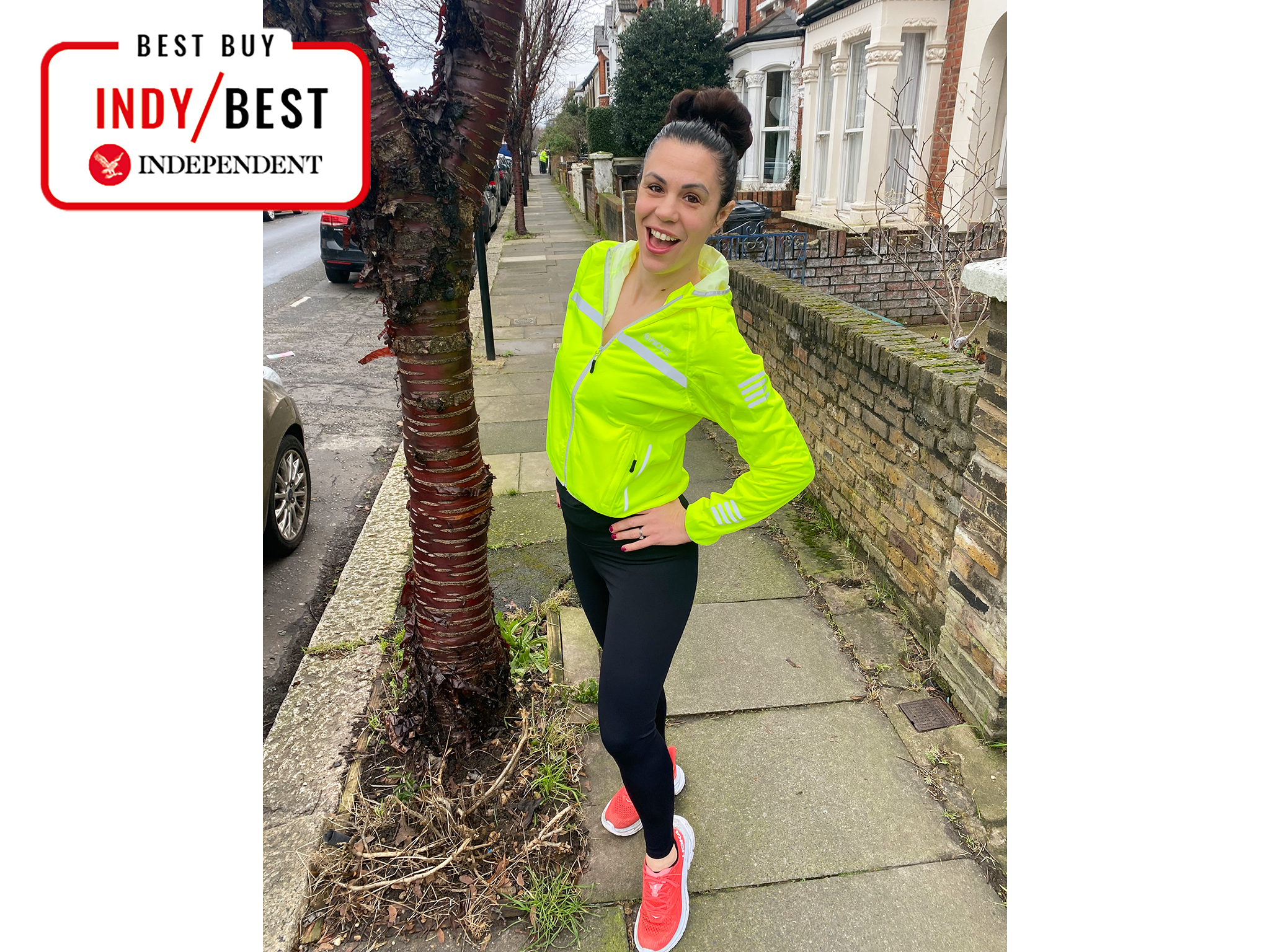
In our guide to the best running jackets for women, our tester picked Proviz’s classic waterproof running jacket (£36, Provizsports.com) as their best buy. They felt “safe knowing the fluorescent fabric is seven times more visible than other materials”, adding: “there’s a huge amount of Reflect360 highly reflective strips, which light up like Blackpool illuminations when headlights shine on them”.
If cold weather is enough to put you off your next run, our writer recommends Lululemon’s down for it all jacket (£198, Lululemon.co.uk). It “features zoned-down insulation panels where you need them the most, plus stretchy fleece to keep you moving freely”. What’s more, there’s no need to worry about overheating, as the water- and wind-resistant high-tech Glyde fabric helped prevent this.
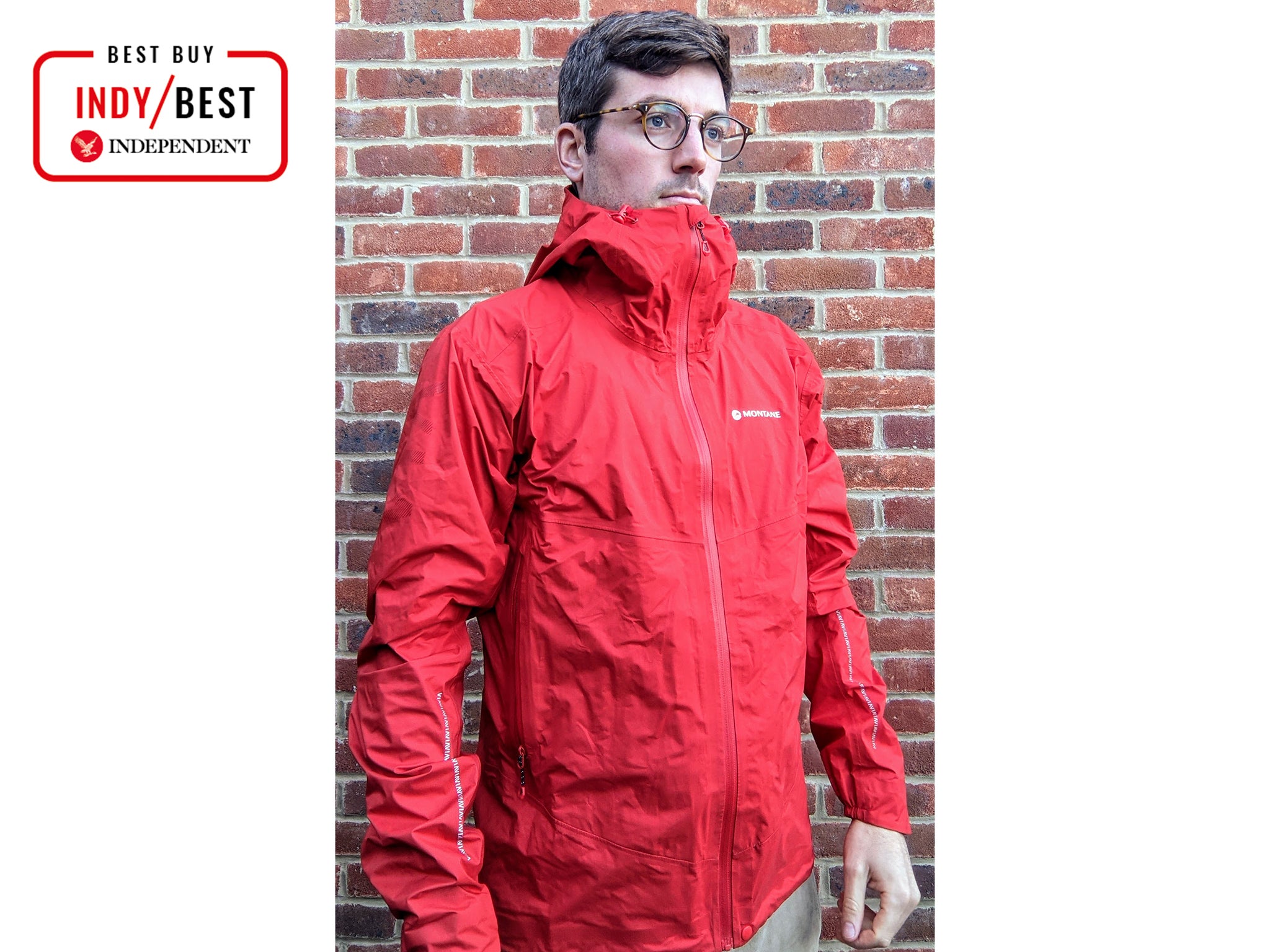
For men, our tester chose the Montane spine waterproof jacket (£330, Montane.com) as their top pick, giving it full marks. “The spine waterproof jacket from Montane is the ideal running partner from September through to late spring,” they said. “The fabric helps to prevent typical hot spots (under the arms and the back) and, if it’s mild, you can manage your temperature, courtesy of two mesh-lined pockets and two popper buttons on the full-length front zip, which enables you to get the full benefit of a breeze without the jacket flapping around you.”
If you’re looking for something within a lower price bracket, our writer hailed the Proviz classic men’s active running jacket (£40, Provizsports.com) as the best option for commuting. “Breathable and waterproof, it kept us comfortable throughout – even when running with a bag – and its low-profile hood protected us from the odd shower”. The reflective detailing is positioned so it isn’t covered by your backpack, too.
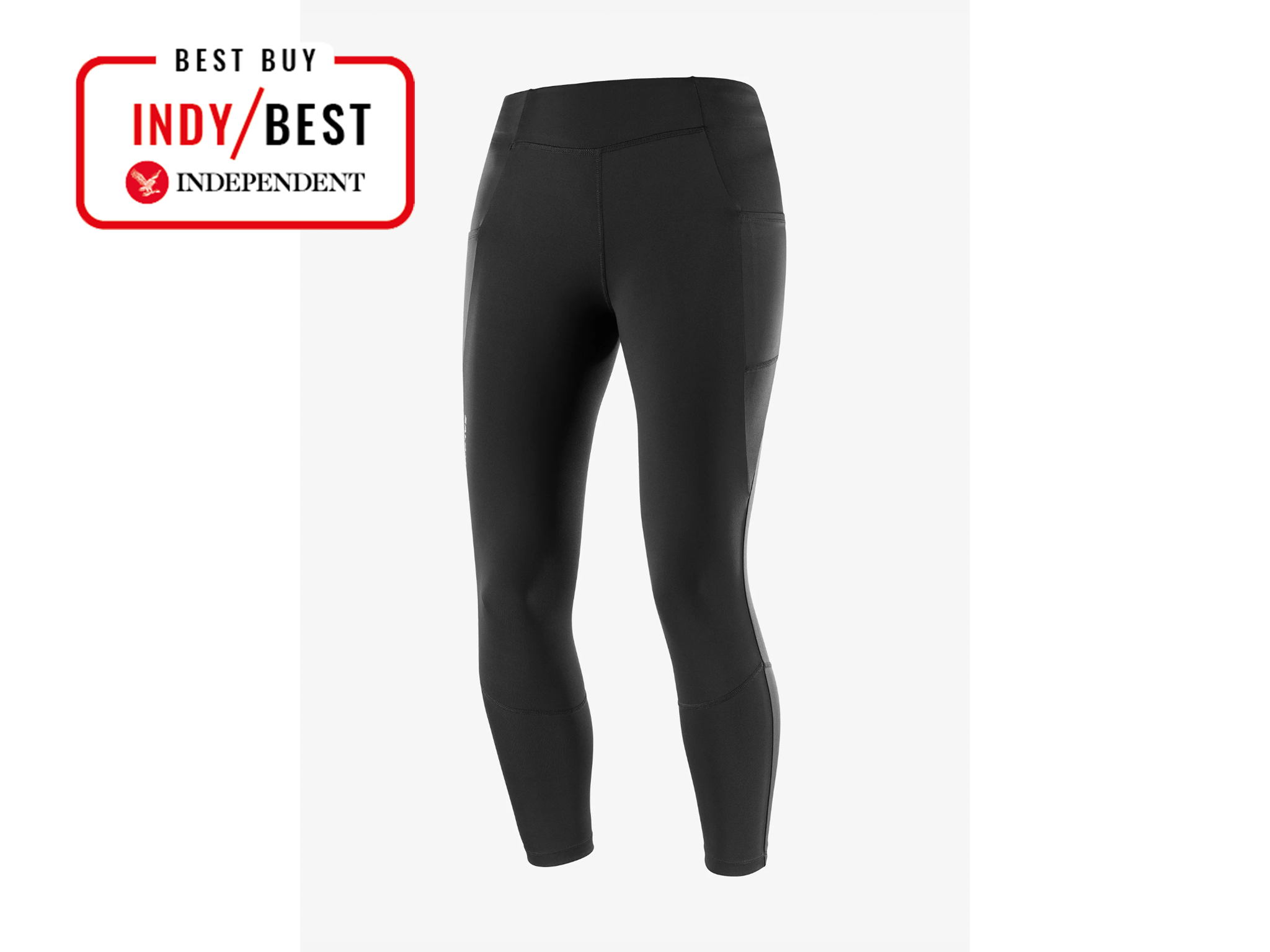
When it comes to your bottom half, in our review of the best women’s running leggings, the Salomon cross run for women (£75, Salomon.com) took the top spot. “They’re incredibly lightweight (207g), they wick away sweat and moisture brilliantly – it didn’t even gather on the back of the knees during testing – and they stayed firmly in place even when they got wet in the rain”, our reviewer said. The leggings boast reflective detailing, deep side pockets, and a wide range of sizes.
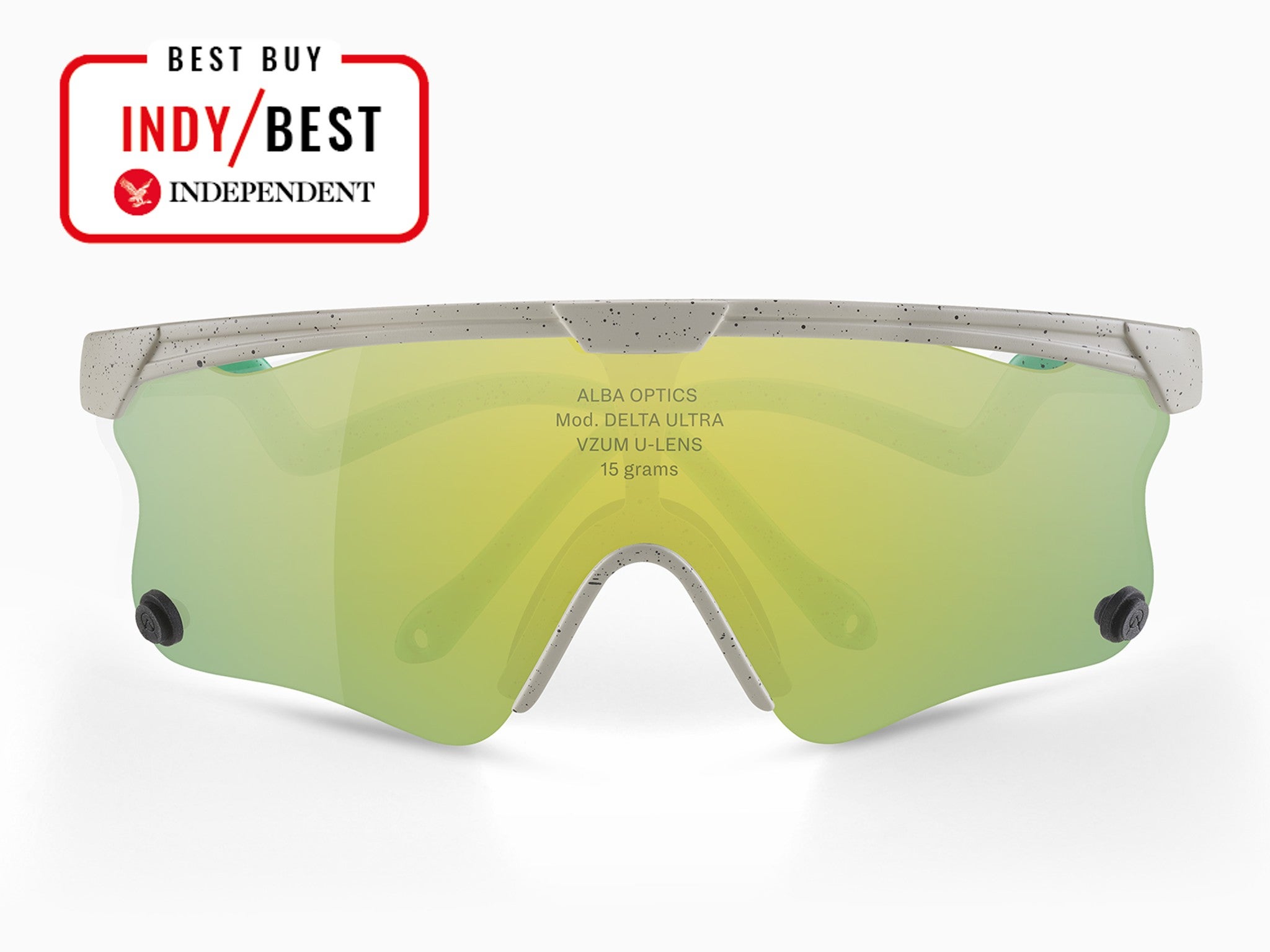
When it comes to running on sunny days (here’s hoping), you may want to have a pair of running sunglasses on hand. In our review of the best, the Alba delta ultra (£153, Albaoptics.cc) were the top performers. Our writer found they felt the lightest (despite not actually being the most lightweight on test) and the field of vision they provided was “exceptional”, while they also rated the “shape and sponginess of the arm-end”.
How to find the right running shoes
A great pair of trainers is the only real essential piece of kit you need when running. “A good pair of running shoes isn't a golden ticket to becoming a brilliant runner, but it can make the difference between having an enjoyable time out on the roads and not,” says Alger.
“You want to have the right tools for the job, whether that is training for a marathon, running for cardio fitness or for a boost to your mental health.”
He recommends not falling into the trap of thinking the higher the price tag, the better the shoes. "One runners' perfect shoes might be £60, while others are £200. It's just all about finding what works with your needs, feet and running style.”
Read more: This anti-chafe balm works miracles for marathon training
It’s also important to consider what you need the shoe to do – will you run roads, trails, treadmills or gravel paths in parks? How far will you run and how fast? “Some shoes are made a bit more like a luxury saloon while others are stripped-back sports cars for shorter, faster runs,” Alger adds.
If you're starting out with low mileage at a slower pace, Alger advises looking for a versatile running shoe that can cope with a wide range of running, for example, something that works well for road, light trail paths and treadmills.
However, if you’re an experienced runner, a pair of noticeably worn-out shoes suggests it’s time for a change. It’s recommended you change your running shoes every 300-500 miles.
Read more: The best trail running shoes for women
“This is largely because the midsole foam degrades over time, becoming more compressed through impact, and that can hamper its cushioning properties,” Alger explains.
Most running specialist shops offer treadmill testing, where staff can help you decide on the best pair for you, but it’s also worth watching some videos on YouTube as part of your research, and there are many running-specific channels such as the Global Triathlon Network, The Run Experience and The Running Channel.
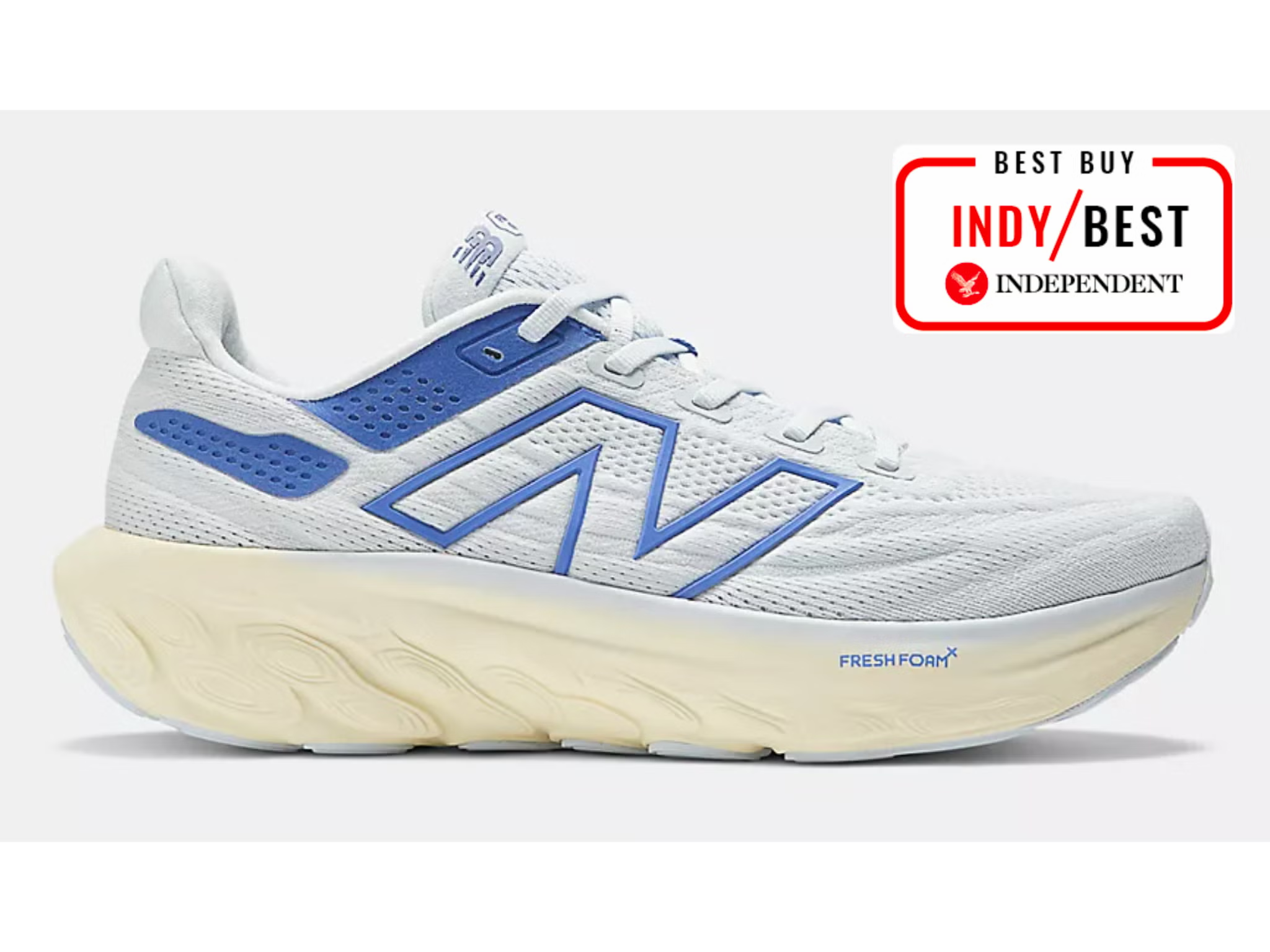
When it comes to the best shoes for men, our tester highlighted the New Balance 1080v13 men’s running shoe (£160, Newbalance.co.uk) as their overall best buy, owing to “all-round performance, foot-hugging lockdown and supreme cushy comfort”. They went on to add they found it “spritely enough for tempo sessions, comfortable enough for long distances, and durable enough to handle treadmill duties when the weather was less than favourable outdoors”.

In our review of the best women’s running shoes, it was the Saucony women’s tempus trainers (£170, Saucony.com) that secured the top spot, with our writer praising the “superb energy return”. They added: “The support is reassuringly present but it’s on the less extreme side, and we think you could probably run in this shoe if you’re a neutral runner, especially if your form slips as you get tired,” they said. “It’s an extremely comfortable, lightweight shoe with great arch support, a secure and supportive heel cup, and the toebox houses a relatively wide foot (but not for the widest of feet).”
Once you've bought a pair, Alger recommends wearing them at home around the house, to get an idea of how they feel on your feet before heading out on a run.
Use tech solutions to guide your runs
If you want to track your distance, measure your heart rate and increase your average speed, apps such as Couch To 5K do just that. The NHS-approved podcast aims to get you off your couch and complete 5km in nine weeks, through three runs a week. It may seem impossible at the beginning, but we can confirm it does actually work and countless people have had real running success.
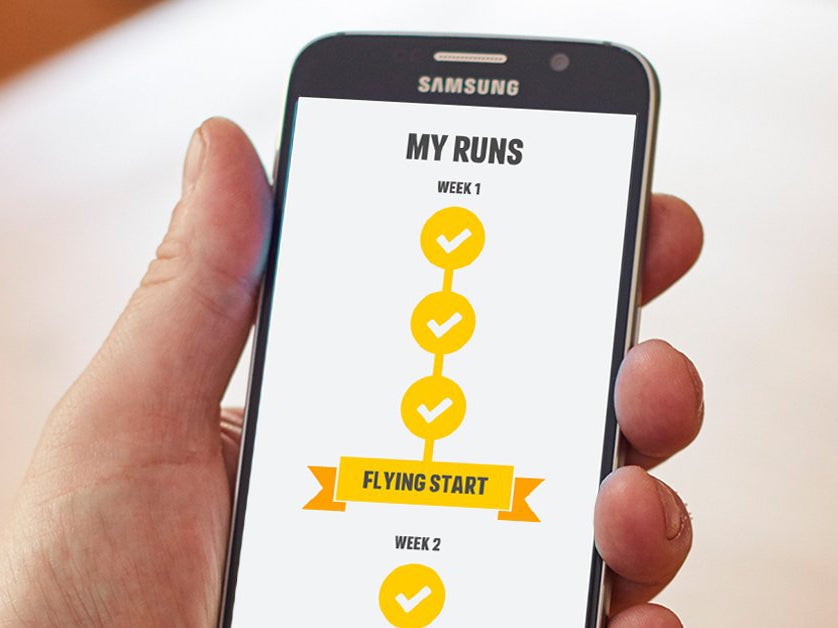
You can pick a celebrity coach to guide each run, including Jo Whiley, Sarah Millican, Sanjeev Kohli or Michael Johnson, to keep things entertaining, and the key is consistency.
It’s suitable for all ages and abilities, too. Week one starts off small with just a brisk five-minute walk, followed by alternating one minute of running and one and a half minutes of walking for a total of 20 minutes. Download it here for Android and here for iOS.
If you love data and geeking out over your stats, a running watch could prove great motivation, too. In our guide to the best fitness trackers, the Amazfit GTS mini 4 (£99, Very.co.uk) was named the best buy. “For less than £100, the Amazfit offers a multitude of useful features to help both beginners and sporty types,” our writer said.
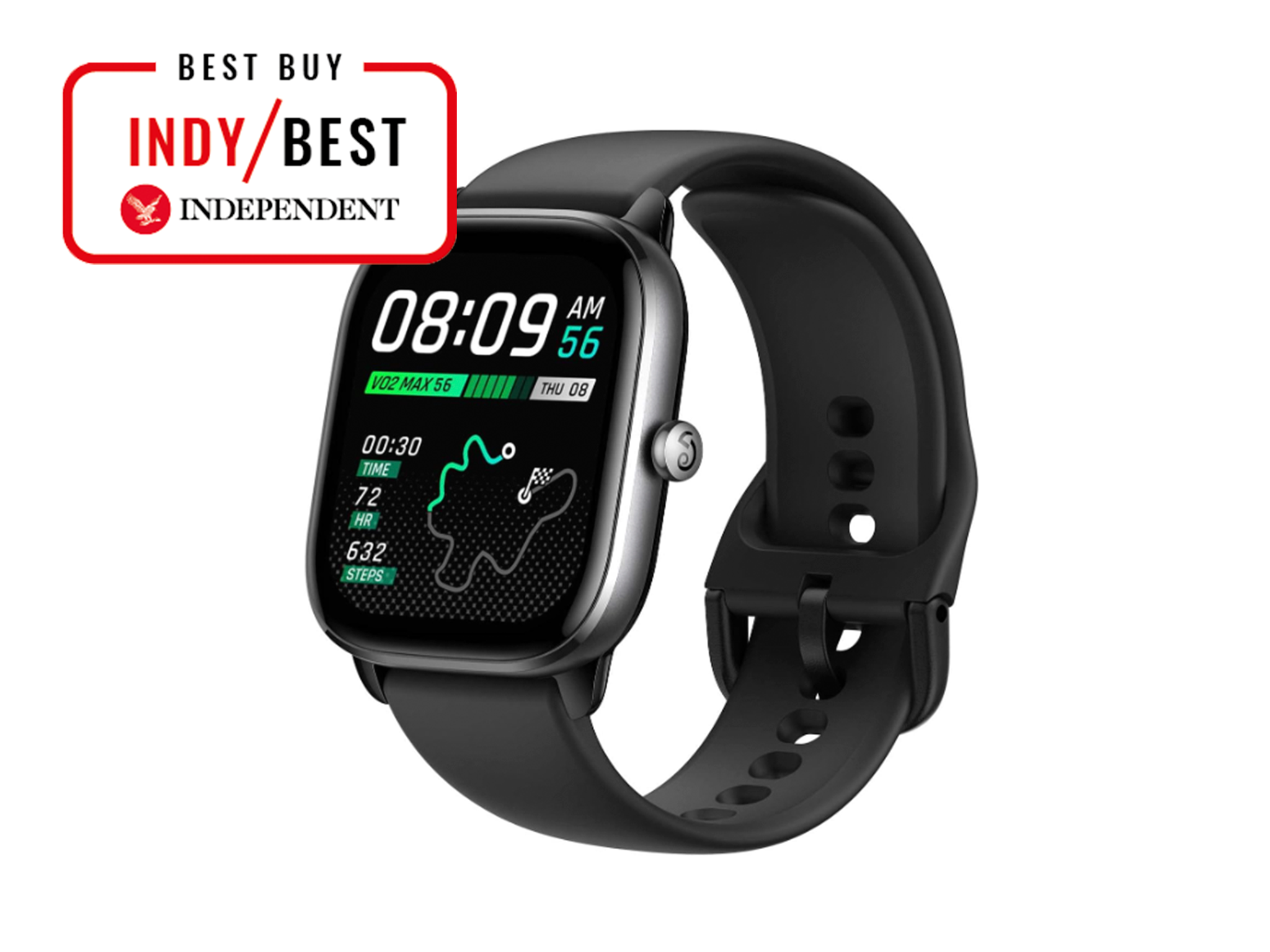
If you’re looking to use a Fitbit fitness tracker, the Fitbit charge 5 (£68.48, Onbuy.com) nabbed first place in our review of the best. “Combining a widened tracker screen (or, arguably, a streamlined watch face) with a rich feature set that includes smartphone notifications and health scans, the charge 5 is a best-of-both-worlds Fitbit that will hit the sweet spot for many users,” Our tester said, while also praising it for its “stylish interface design and simple swipe navigation”.
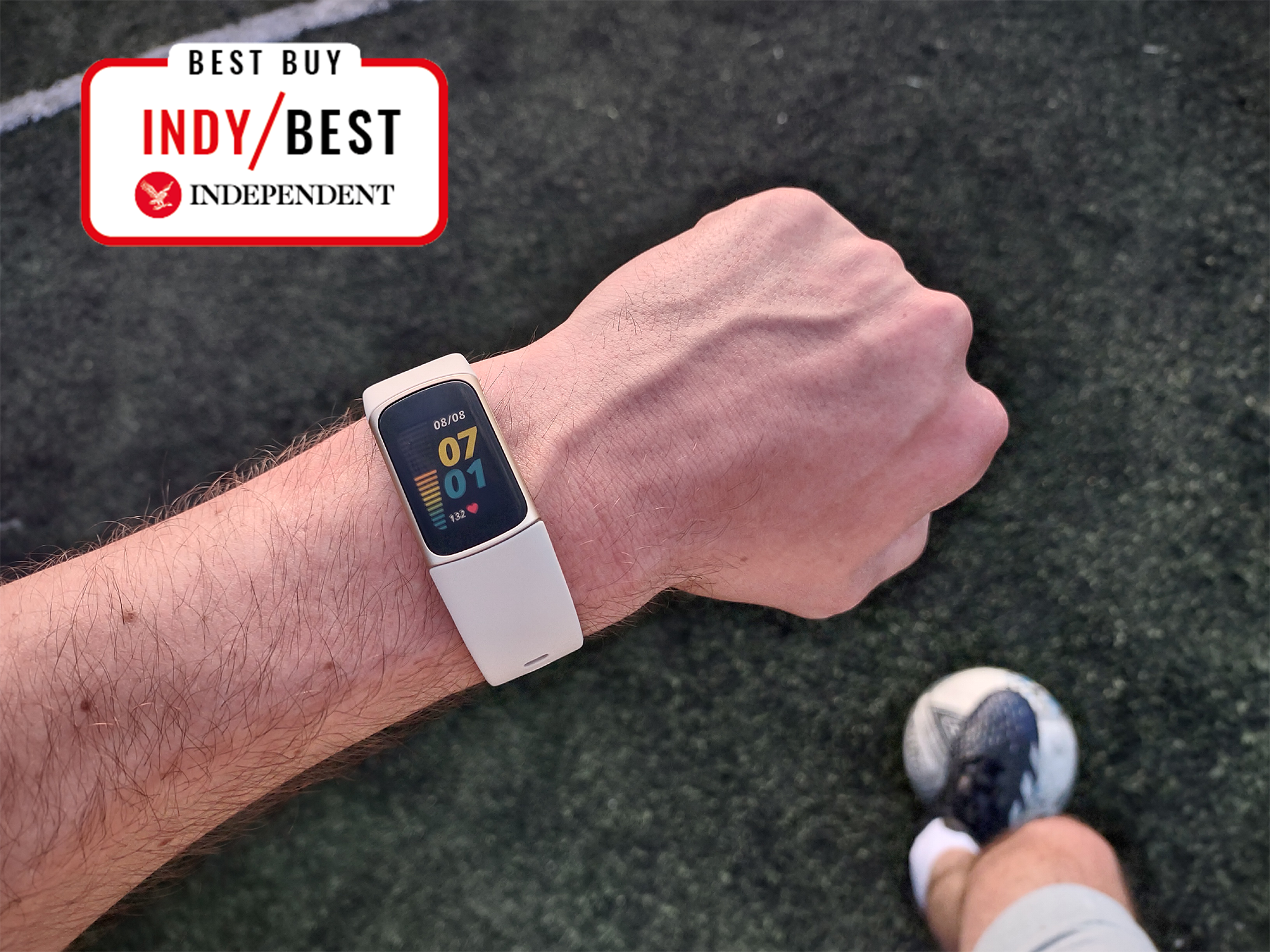
Plug into your favourite music or podcast
Running is also a great opportunity to get some much-needed time to yourself, and listening to music while you’re out and about is an easy way to get in a good mood for your training.
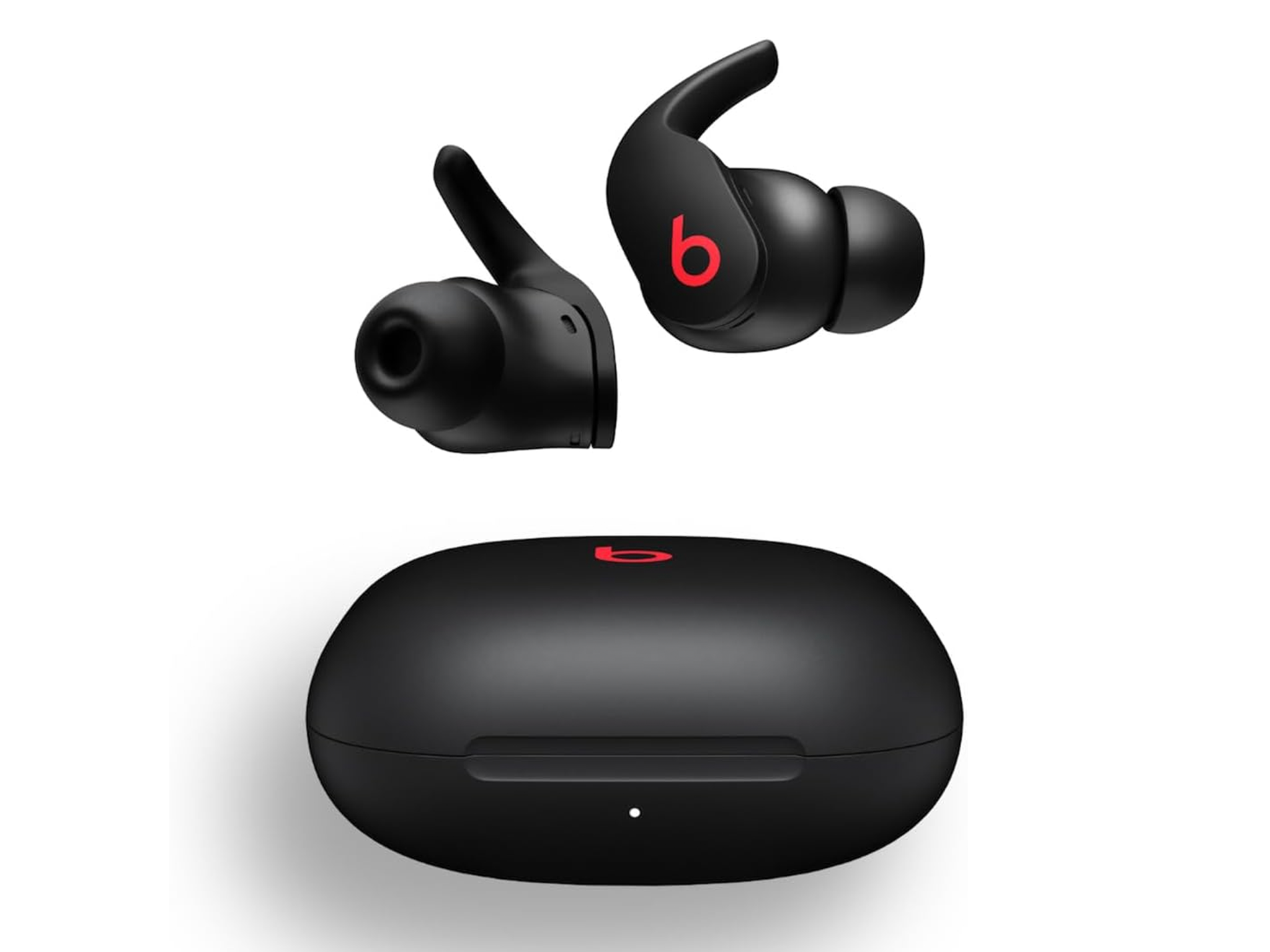
When it comes to finding the best pair of running headphones, the Beats Fit Pro true wireless noise cancelling in-ear headphones (Was £219.99, now £199, Amazon.co.uk) were our writer’s top performer. Not only were they an “exceptionally comfortable headphone to wear”, “they’re as at home on a longer, sweatier run as much as they are a rainy 5km”, owing to being both sweat- and water-resistant.
Voucher codes
For the latest offers on sports and fitness gear, try the links below:
For more running gear reviews, read our guides to the best running sunglasses and the best running watches
Join our commenting forum
Join thought-provoking conversations, follow other Independent readers and see their replies
Comments